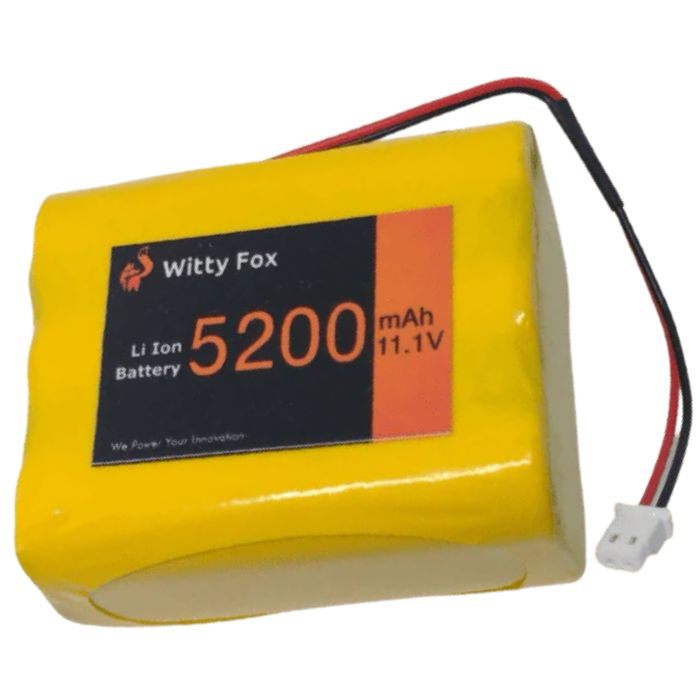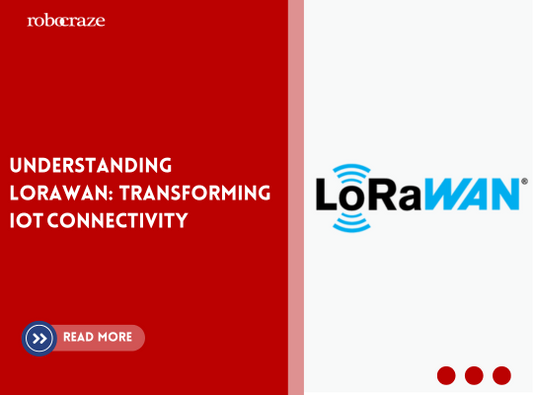Battery AH Means
Battery Ah means ampere hours and is a way to measure battery capacity. It measures how much current can be drawn from the battery in an hour before it runs out of energy. Ah ratings are important when selecting batteries since they determine whether or not your device will have enough power over its lifetime. For instance, if you're using a device that requires 2000 milliamps (mA) per hour but your battery only has 500 mA/hr then it won't last long at all!
Battery AH means a battery's fuel tank size. The more AH, the longer it can power your gadgets without needing a recharge. So, when you see "Battery AH," it tells you how much energy the battery can store.
To calculate battery's amp hour rating, multiply the current it delivers by how long it lasts when in use. Amp Hour (Ah) = Current (I) x Discharge Time (T)
For example: Let's say you have a battery that delivers 1 amp of current for 5 hours. So amp hour (AH) rating would be,
1 amp x 5 hours = 5 amp hours (AH)
Similarly, if you need a battery to power a device for 10 hours at 0.5 amps, you'd require a minimum,
0.5 amps x 10 hours = 5 AH battery
Battery ah ratings are very useful in accurately determining which type of cells suit best to any given product requirement; making sure products performs reliably and safely without needing recharge too often. In general higher values indicates better performance - however this may come with larger size & increased cost depending on application requirements. Therefore the end user must select his choice accordingly balancing between these two factors carefully.
We must first understand the basic concept like the voltage, current, power, etc.,
Voltage or Voltage (V)
The amount of energy given to an electronic circuit is measured in volts. An electronic device, for example, is referred to as a circuit. A 12V device is always "given" 12 volts from the battery. A battery's voltage is always fixed (e.g., 12, 24, or 36 volts), and a device's voltage is always in a constant range. For example, a device that works on 12 volts needs a battery that also supplies 12V.
Current – Ampere (A)
When we speak of amperes (or amps), we're referring to the amount of electricity that "flows" per second. The amount of current flowing through the device per second increases as the number of amps increases. An electrical device usually operates at a constant voltage, but the number of amps it consumes varies depending on the load. For example, when a bulb glows dimly, it consumes less current, while when it glows brightly, it consumes more current.
Power – Watts (W)
Power is the voltage multiplied by the number of amps or W = V x A. This is the amount of energy consumed by a device and therefore an indication of how powerful it is. This increases as the number of amps increases.
What is Ah-in battery or Battery Capacity

The capacity of a battery is measured in Ah or Amp-hours. This indicates how many amps the battery can deliver in an hour, as the name implies. A 12V lithium battery with a capacity of 100Ah, for example, can deliver 100A to a 12-volt device for an hour. The same 100Ah battery could power a 25-ampere device for 4 hours (100/25=4). When a battery is labeled 12V50, it means it operates at 12 Volts and has a 50Ah capacity. A 24V100 battery has a capacity of 100 Ah and operates at 24 volts. In practice for lead-acid batteries the
nominal capacity (how many Amps hours the battery can deliver according to specifications) differs greatly from the effective capacity (how many Amps the battery can deliver during use). We explain how this works in our article on discharge and battery capacity.
For an example: An amp-hour (Ah) tells you the amount of current a battery can provide over a certain amount of time, and a rating (usually in amp-hours or milliamp-hours) is used to give you an idea of how long a battery can provide a given amount of current. Suppose consider we have a load of 10 amps connected to a battery. If a battery that provides 10 amps of current for 10 hours is referred to as a 10 amps 10 hours = 100 Ah battery. This is how the ampere-hour or the time is calculated]. I.e., For how long the battery can provide the power to the load.
Capacity – Watt-hour (Wh)
Watt-hours are another way to measure a battery's capacity (Wh). Wh is calculated by multiplying the number of Amps by the battery voltage. A 12V100 battery (a 12-volt battery with a capacity of 100Ah), for example, has a capacity of 12 x 100 = 1200Wh. The capacity of a 24V50Ah battery is 24 x 50 = 1200Wh. The only difference between these batteries is that one operates at 12 volts and the other at 24 volts. In practice, you'll find that these batteries have similar dimensions and weight.
For example, A watt (W) is a measure of power, with 1 watt representing one joule (a unit of energy) per second. So, if a light bulb uses 60 watts, it requires 60 joules of energy per second. In a way similar to amp-hours, a watt-hour (Wh) is the amount of energy used when something operates at a given number of watts for a certain number of hours. This means 1 Wh is the amount of energy used by something operating at 1 W for an hour, and 60 Wh is the amount of energy something would use operating at 60 watts for an hour.
What are lithium-ion batteries?

A battery is a device that powers electrical devices by combining one or more electrochemical cells with external connections. The positive terminal of a battery is the cathode, and the negative terminal is the anode when it is supplying electric power. The negative terminal is the source of electrons that will flow through an external electric circuit to the positive terminal.
A redox (reduction-oxidation) reaction occurs when a battery is connected to an external electric load, converting high-energy reactants to lower-energy products, and the free-energy difference is delivered to the external circuit as electrical energy. Historically the term "battery" specifically referred to a device composed of multiple cells; however, the usage has evolved to include devices composed of a single cell.
read more : A Guide to Understanding Battery Capacity & Specifications
What are lithium polymer batteries?

Lithium Polymer (AKA “Lipo”) batteries are a type of battery now used in many consumer electronics devices. Over the last few years, they've grown in popularity in the radio control industry, and they're now the most popular option for anyone looking for long run times and high power. LiPo batteries offer a wide array of benefits, but each user must decide if the benefits outweigh the drawbacks. For more and more people, they do. In my personal opinion, there is nothing to fear from LiPo batteries, so long as you follow the rules and treat the batteries with the respect they deserve.
Conclusion
In this blog post, we have learned that understanding the basics of battery technology is essential in today's world where we rely heavily on portable electronic devices. From the difference between AH and WH to what are lithium-ion and lithium-polymer batteries, we've covered it all. Whether you're a tech enthusiast or simply looking to make an informed purchase, this guide has equipped you with the knowledge to make the best battery-related decisions. Remember, knowledge is power, and in this case, it's also longer-lasting battery power!
If you appreciate our work don't forget to share this post and leave your opinion in the comment box.
Please do check out other blog posts about Popular electronics
Check out other related blog post about batteries Lithium-Ion vs Lithium Polymer Battery , Automatic Battery Charging Circuit , How to Charge LiPo Battery and How to Use IMAX B6 Multifunction Charger for LiPo Batteries
Make sure you check out our wide range of products and collections (we offer some exciting deals!)













